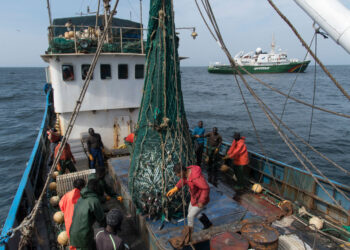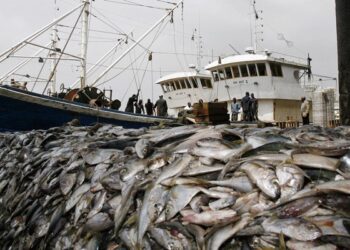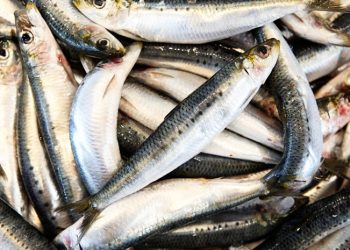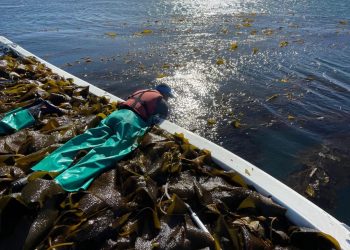
Namibia’s fish product export earnings dropped by 11.7% to N$2.7 billion in the fourth quarter of 2024, down from N$3.0 billion in the same period of 2023, according to the Namibia Statistics Agency (NSA).
The NSA’s latest report revealed that total quota species landings amounted to 62,281 metric tonnes in the fourth quarter of 2024, marking a sharp 27.4% decline compared to the 85,820 metric tonnes recorded in the corresponding period of 2023.
Despite the downturn, horse mackerel recorded the highest landings at 35,601 metric tonnes, followed by hake at 22,088 metric tonnes and monkfish at 2,277 metric tonnes.
Spain remained Namibia’s primary export destination for fish and related products, accounting for 36.5% of total fish exports, with frozen hake fillets being the main product shipped. Zambia and South Africa followed with shares of 21.2% and 8.9%, respectively, primarily importing horse mackerel and hake.
On the import side, Namibia’s fish import bill stood at N$100.4 million in the fourth quarter of 2024, reflecting a significant 39.6% drop from the N$166.4 million recorded in the same period of 2023.
South Africa was the largest source of Namibia’s fish imports, accounting for 55.6%, with hake being the dominant product. Spain followed as the second-largest import source at 18.9%, mainly supplying cuttlefish and squid, while Taiwan ranked third with a 7.3% share, primarily exporting frozen Pacific saury.
“Products of ‘fish and crustaceans, molluscs and other aquatic invertebrates’ were mainly sourced from South Africa, accounting for a share of 55.6%. The main product imported from South Africa was hake,†the NSA report stated.










